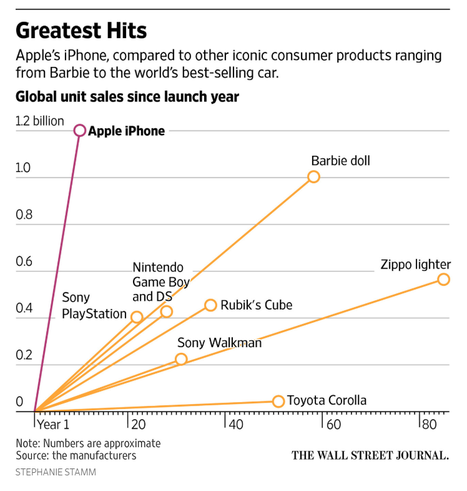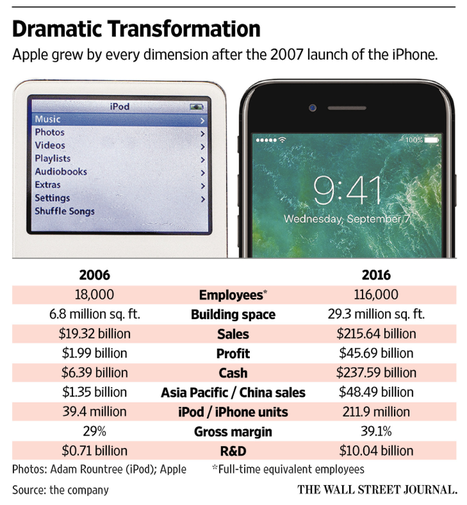(p. A9) In the 1960s, Charles Kao often annoyed his wife, Gwen, by coming home late for dinner.
Dr. Kao, a refugee from the Chinese Communist revolution, told her his research for a British subsidiary of International Telephone & Telegraph Corp. could change the world one day.
. . .
In a 1966 paper written with George Hockham, he outlined the potential for using pulses of light to carry huge volumes of voice and data signals long distances through strands of glass that became known as optical fibers. Few took him seriously until several years later, when Corning Glass Works found ways to do just that.
. . .
Dr. Kao was once asked how long fiber optics would be used. Nothing better was likely to come along for 1,000 years, he said. “But don’t believe what I say,” he added, “because I didn’t believe what experts said either.”
For the full obituary, see:
James R. Hagerty. “‘Early Bet on Optical Fibers Yielded Pipes for Internet.” The New York Times (Saturday, Sept. 29, 2018): A9.
(Note: ellipses added.)
(Note: the online version of the obituary has the date Sept. 28, 2018, and has the title “‘Chinese Refugee Developed Fiber-Optic Technology That Made the Internet Possible.”)



